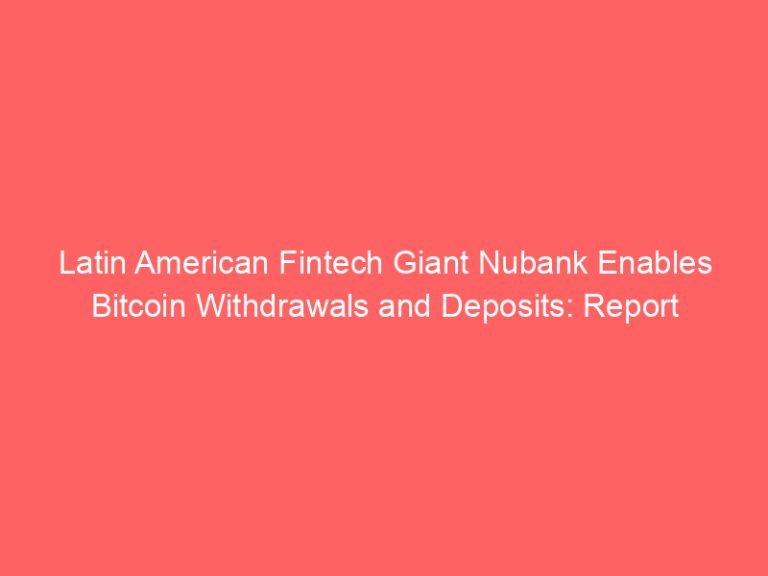2022 was the year of hype around Web3, but 2023 is shaping up to be the year when the plans are being implemented. Luxury brands are now focusing on more concrete utilization closely connected with the physical product in contrast to digital-only assets existing solely for the metaverse.
Everything then boils down to the usage of crypto and digital assets for transactional purposes.
Luxury in Web3
Web3 has gradually established a warm relationship with luxury goods, and several brands catering specifically to these markets have managed to position themselves in the space. However, there’s more to the story than just tapping a sector prepared to spend considerable sums of cash. These brands are also bringing their loyal following to Web3.
Ralph Lauren recently announced partnering with BitPay to accept crypto for the first time at its new store in Miami’s Design District. The new offering also includes a crypto-native experience which is gifting NFTs via a multi-tiered partnership with the online leisure community Poolsuite, calling it “deeply rooted in the Miami lifestyle.”
According to Merrick Theobald, Vice President of Marketing at BitPay, consumers have gravitated to using crypto to pay for luxury goods thanks to its popularity and the emergence of easy-to-use platforms. While speaking to CryptoPotato, the exec said:
“One of the most difficult aspects of widespread crypto adoption will be education around blockchain technology, wallets, and how to properly send digital assets to the correct addresses. These are all key points that both consumers and merchants should be aware of.”
According to data compiled by BitPay, almost 20% of items purchased last year with crypto were luxury goods. This includes gold, jewelry, watches, exotic cars, boats, real estate, yachts, and handbags. While cars and yachts accounted for 20% of the total figure, jewelry and apparel accounted for 15%, and 12% for watches.
The American apparel retailer’s decision to dip its toes in Web3 depicted an increasing trend of luxury goods becoming a favorite with the crypto crowd. But what does this mean for the future of crypto payment adoption?
Cracking the Mainstream Appeal
For true crypto adoption, everyday essentials need to be paid for in crypto or digital assets. This has been a contentious subject for the most part. But BitPay’s Theobald expects that such a trend will follow suit in the near future, with luxury goods paving the way for it.
“As digital assets gain traction, I believe we’ll see a downstream effect from luxury goods to everyday essentials being paid for in crypto. In fact, we’re already seeing this happen in real-time with El Salvador adopting Bitcoin as legal tender and many online merchants starting to offer crypto payment options at the checkout.”
The exec also believes that peer-to-peer transfer services and education will serve as an effective on-ramp for crypto as more people demand an alternative in the transition into the digital economy.
The post Luxury Goods Account for 20% of Items Sold in 2022 by Crypto-Enabled Merchants appeared first on CryptoPotato.
















